East Asian community won’t be easy to come
From time to time, another meeting of East Asian leaders produces waves of optimism about the eventual emergence of an East Asian community, somewhat akin to Europe’s EU or, at the very least, a ‘common market’ of the 1960s. The economic and political advantages of such a scenario are seemingly obvious. If an East Asian common market is to emerge, it will easily become a major industrial powerhouse, equal to or even exceeding the EU and United States combined.
Believers in this idea are usually not persuaded by naysayers who point to the unusually high level of nationalism that has resulted in many irredentist and territorial claims and a great amount of mutual distrust in the region. Optimists say that there are good reasons to believe that East Asia can and will eventually overcome such problems, like Europe – once a hot bed of nationalism as well – did after the Second World War.
The present author, though, is a determined pessimist. East Asia is different from Europe in at least two decisive ways. First, it is not polycentric, and second, it does not face a real/perceived common external threat.
We should not forget that European unity was forged in the intense geopolitical power struggle of the Cold War era. For centuries before that, Europe had a powerful tradition of alliances and coalitions which were remarkably successful in preventing any single European power from dominating the entire region for any length of time. Since the fall of the Western Roman Empire, there have been only three cases where a bold and successful conqueror came close to uniting the whole of Western Europe under his control. However, even those attempts ended in naught. Charlemagne, Napoleon and Hitler might have come close to becoming Pan-European dictators, but none of them would succeed and none of them even managed to remain the decisive force in Europe for more than a decade.
Europe had a number of great powers (in modern times, usually, between four and seven) and a number of minor states who could increase their power by becoming junior partners to one of these great powers. The excessive increase in influence of any one great power would lead to the other powers immediately creating a coalition to check this geopolitical shift. Spies conduct espionage at dusk, diplomats danced, smiled and lied, ships of the line were launched and beggars were pressed into military service – and all the while, European dominance remained beyond the reach of any single power.
This long tradition of pragmatic alliances against perceived common threats made possible the emergence of post-1945 united Western Europe. After the Second World War, the continent faced a massive external threat – perhaps, the first such threat since the long-forgotten invasions of the Mongols and Arabs many centuries ago.
The emergence of the Soviet Union threatened the entire way of life of West European countries and, perhaps, even their survival as sovereign states. They reacted to the emergence of the inspiring external hegemon pretty much in the way they have for centuries – by making an alliance against the external threat and also looking for the protection of a rival hegemon, who happened to be located on the other side of the Atlantic. Needless to say, Washington was not unhappy about the rise of the Soviet Union, so European position found much understanding in the US.
The polycentric order in Europe also made sure that European Union would not become merely a cover for domination by just one, single power. Europe still has the same four to five major players whose influence are mutually overlap and cancel out. Germany may have the largest economy and population in the EU, but its population is only 16.3% of the EU total and its GDP is only 20.2% of the EU total. This is impressive, to be sure, but one should keep in mind the fact that France has 15.8%, Britain 13.9%, and Italy 12.7% of the EU’s total GDP (and, respectively, 12.9%, 12.4% and 12.1% of unified Europe’s total population). Germany is the largest economy in the EU, but it still well below the level which would make its domination unchallengeable.
If we look at East Asia, a very different picture emerges. This region is monocentric and, as a matter of fact, this has been the case for some 2000 years. When China was unified state, its population, economic and military potential significantly exceeded that of all other East Asian countries combined.
It is not incidental that the traditional diplomatic protocol of East Asia did not accept states as equals: all inter-state relations in the Confucian world were conceptualized as hierarchical, with a junior and senior partner always present.
At present, there is no common threat for the countries of East Asia, and there is unlikely to be such a threat in the future either. To be blunt, and forgetting niceties for a while (as a humble academic, the author can afford to do so from time to time), one can say that for China, the major rival is the United States. For Japan, it is China. For South Korea, it is, first of all, North Korea, but also Japan and to some extent China. For Vietnam, it is China as well (and we did not even mention such explosive and controversial issues as Taiwan or Korea’s division). In other words, if there is a country which comes sort of close to filling the void of the major threat in East Asia, it is China which is also a natural core of the entire East Asian system. This is unsurprising. A monocentric structure of the region ensures that minor countries are bound to be suspicious (if not hostile) towards the large elephant in the room.
Optimists may argue that in our supposedly post-war, post-ideological age, the economic rationale for such a new regional order will surely overcome those outdated geopolitical considerations. Well, this might turn out to be the case, but a hypothetical East Asian common market will face a multitude of problems brought about by its unbalanced economic and demographic dimensions. To put things simply, China is way too large and powerful to fit into the system as an equal.
If we consider this putative East Asian community, we discover that some 90% of its total population will be Chinese. If such a community were to emerge now, China will also produce whooping 65% of its GDP, while Japan, a distant second, will produce less than half, merely 24.4%. Taking into consideration the remarkable speed of China’s growth, this share is likely to increase dramatically in the next two decades (it also does not help that Japan is still mired in economic stagnation).
In other words, if such a community were to emerge, in one crucial regard it would look very much like COMECON and the Warsaw Pact, the now half-forgotten ‘multi-lateral’ structures of the Soviet-controlled East Europe. It will have one absolute massive hegemon surrounded by much weaker players.
If an East Asian community is ever to emerge, it is highly likely to become a new embodiment of Sino-centric order. Such an arrangement is likely to unacceptable to other hypothetical players. Even Koreans will not be happy to switch effective control over their economy and finances to Beijing, and Koreans, if compared to other ‘minor’ regional players, have relatively good relations with and quite positive attitudes towards China. Such an arrangement will be complete anathema to Japan and, especially, Vietnam, whose national identity has been forged struggling against Sinitic hegemony.
Of course this does not preclude a significant improvement in economic cooperation in East Asia. Such improvements should be welcomed, but one can be certain that this will be achieved through bilateral arrangements which can usually provide better protection to the interests of the weaker partners. Some confidence-building measure could potentially emerge as well. Nonetheless, the present author, being in his late forties, does not expect to see the emergence of an East Asian community in his lifetime, even if he is to live a very long life.



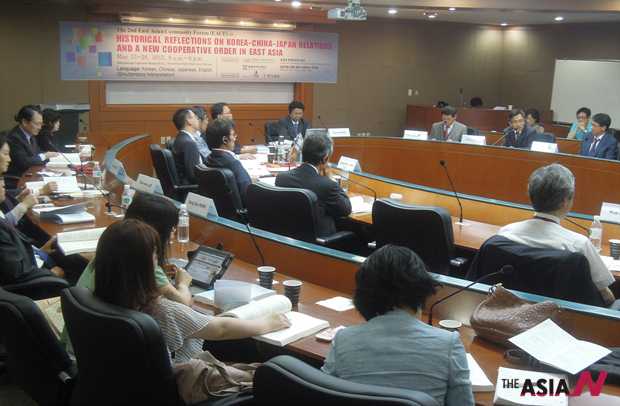
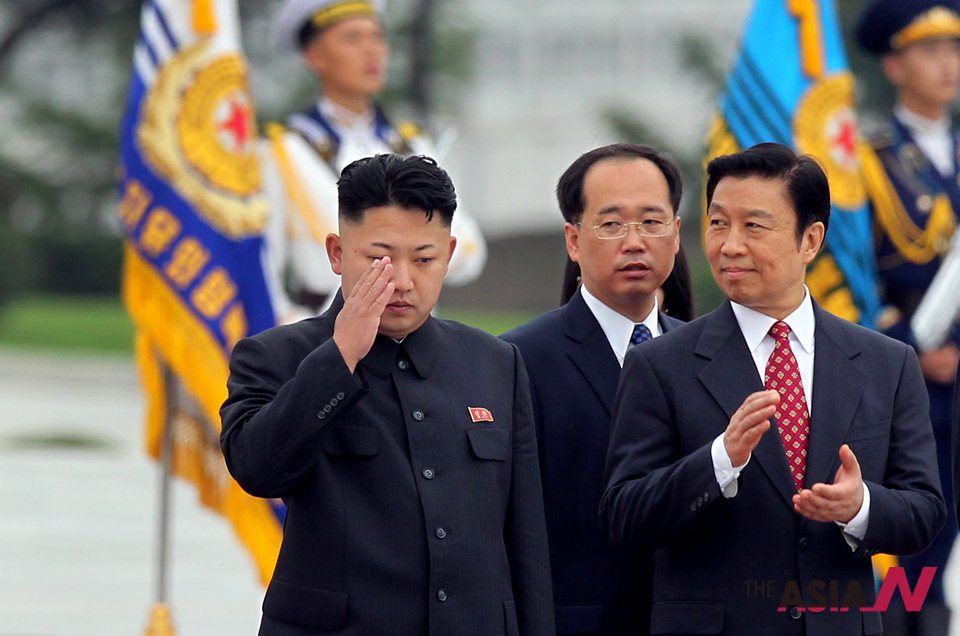
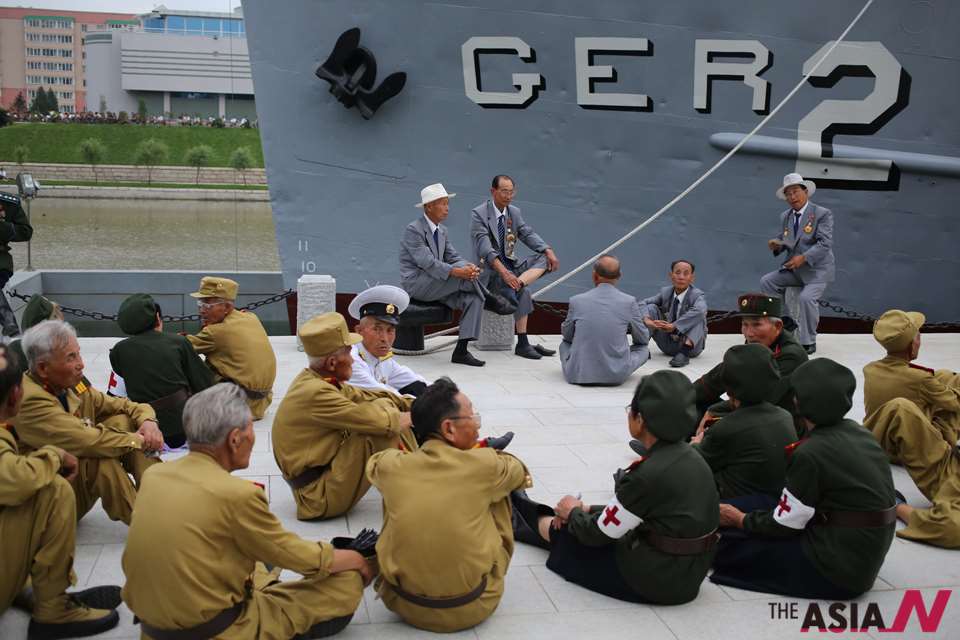
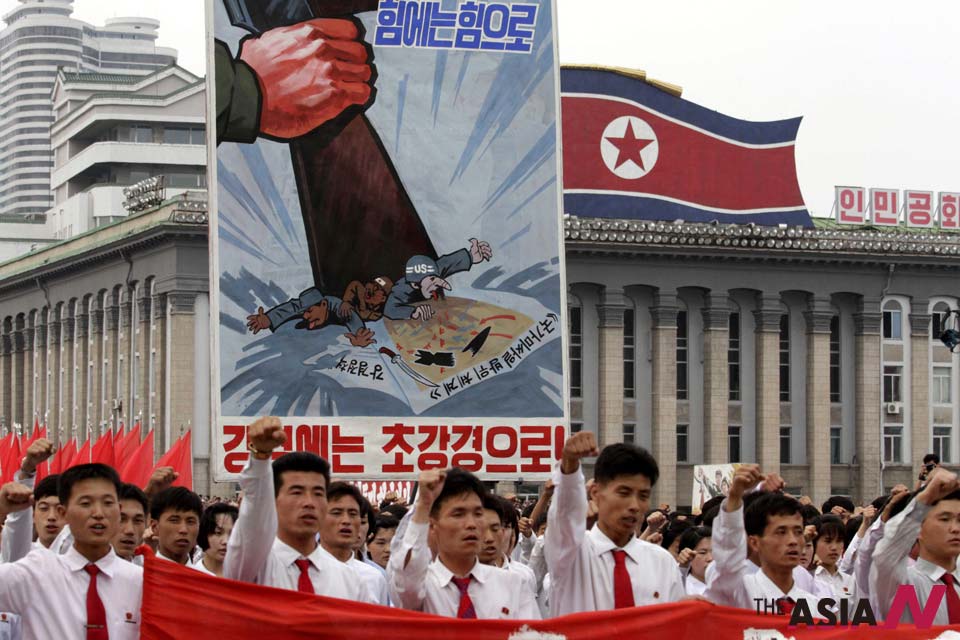
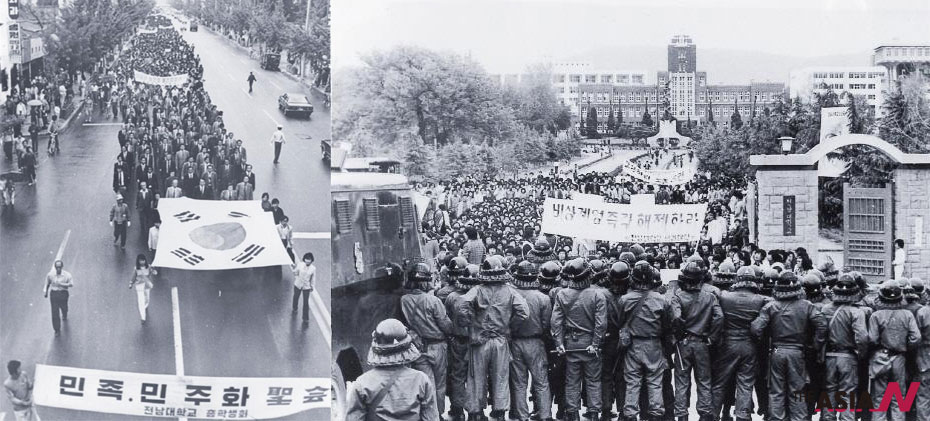



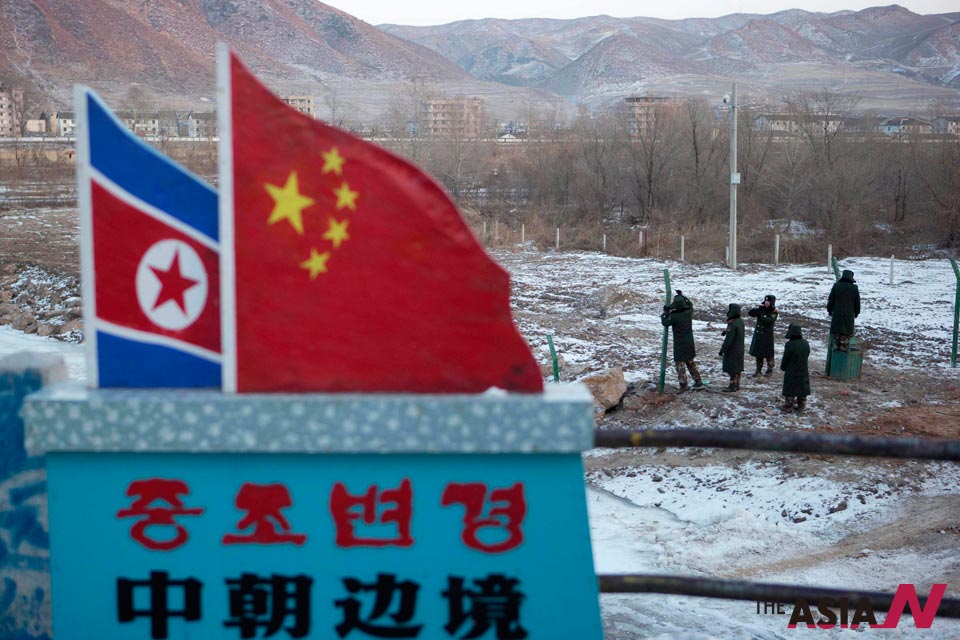
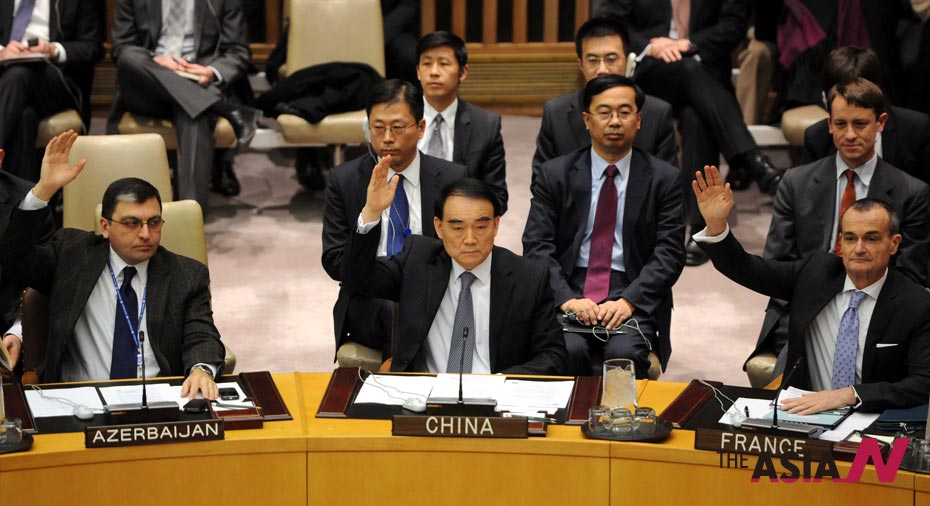

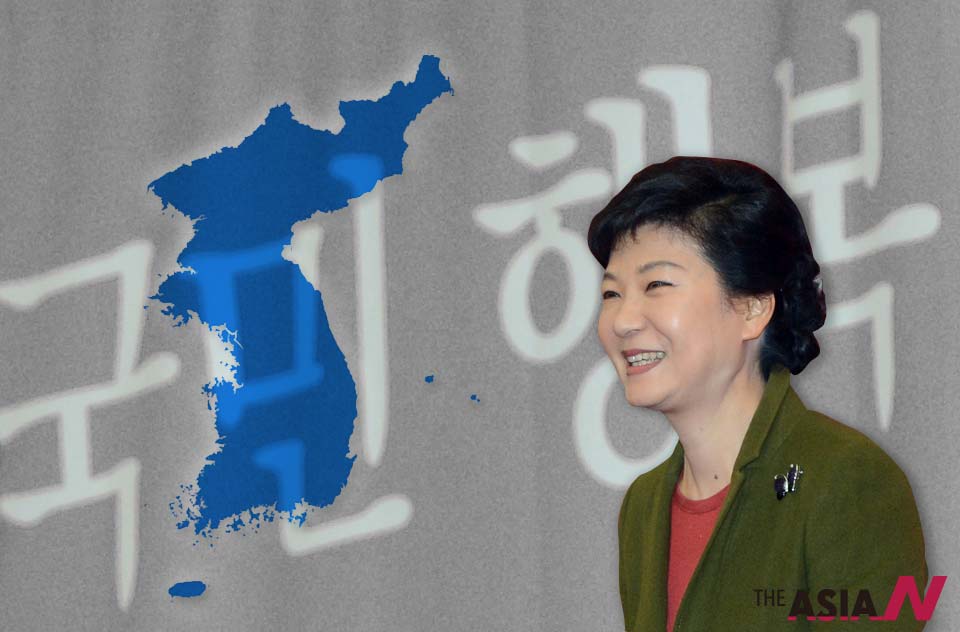
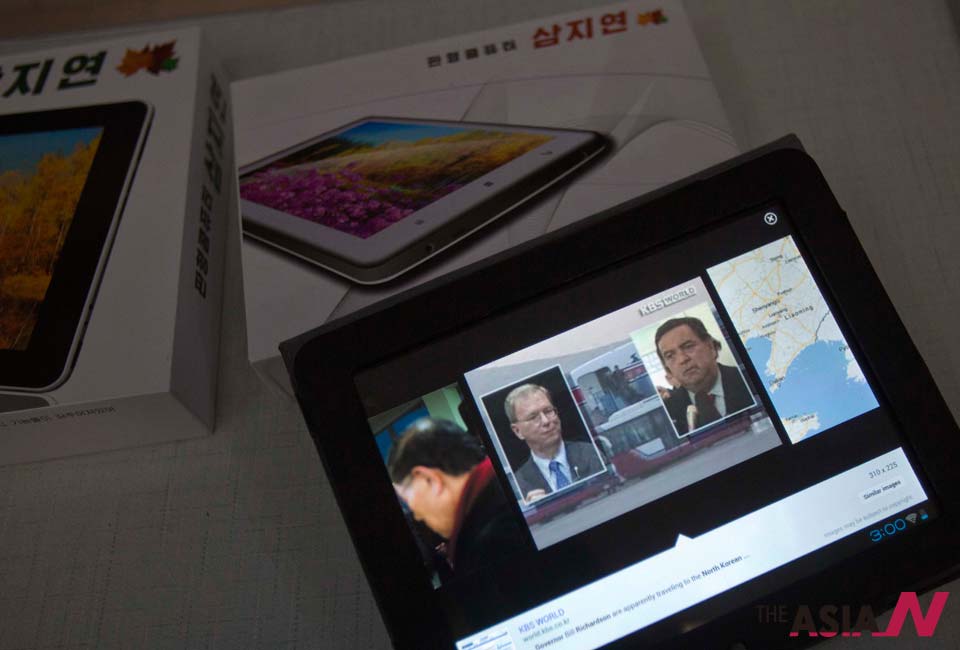
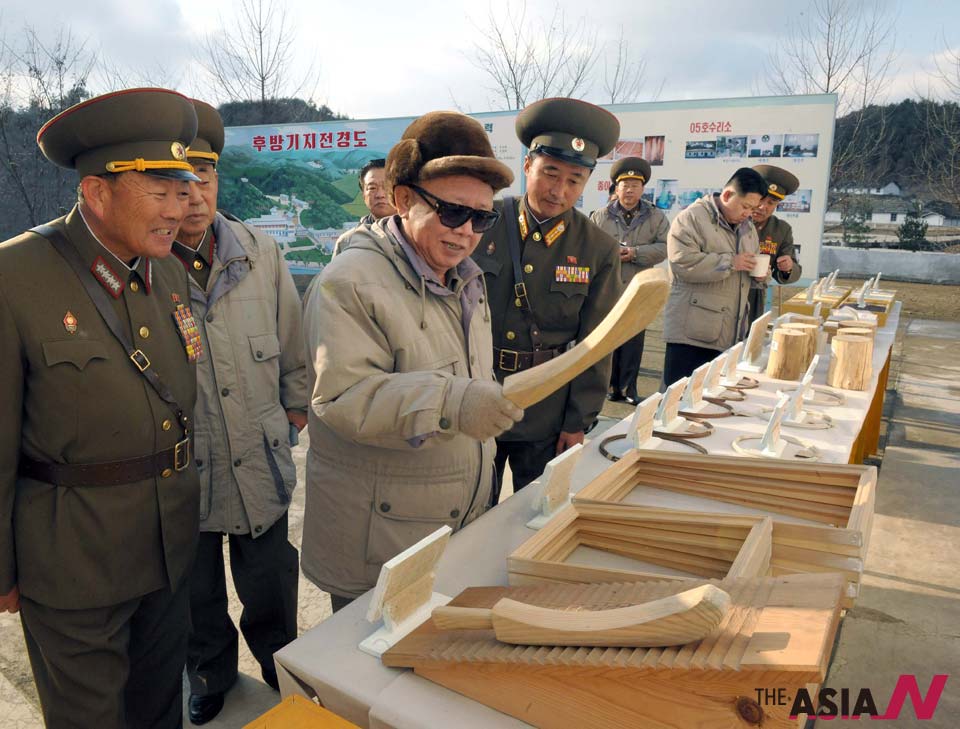
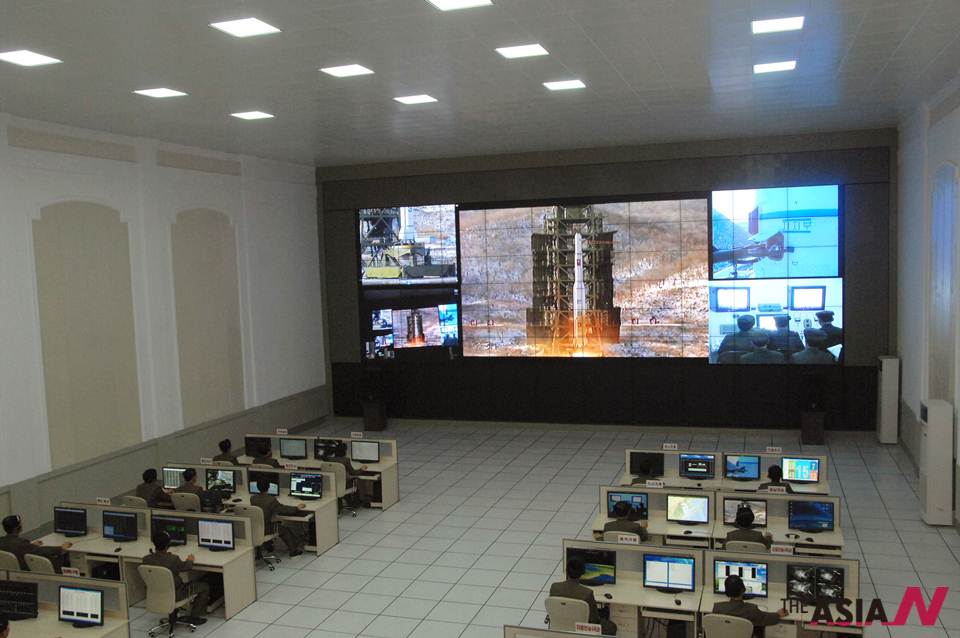

One thought on “East Asian community won’t be easy to come”
Simply because i adore your posts i thought i would show my appreciation by making a comment. Thanks alot for the very good times you give 🙂